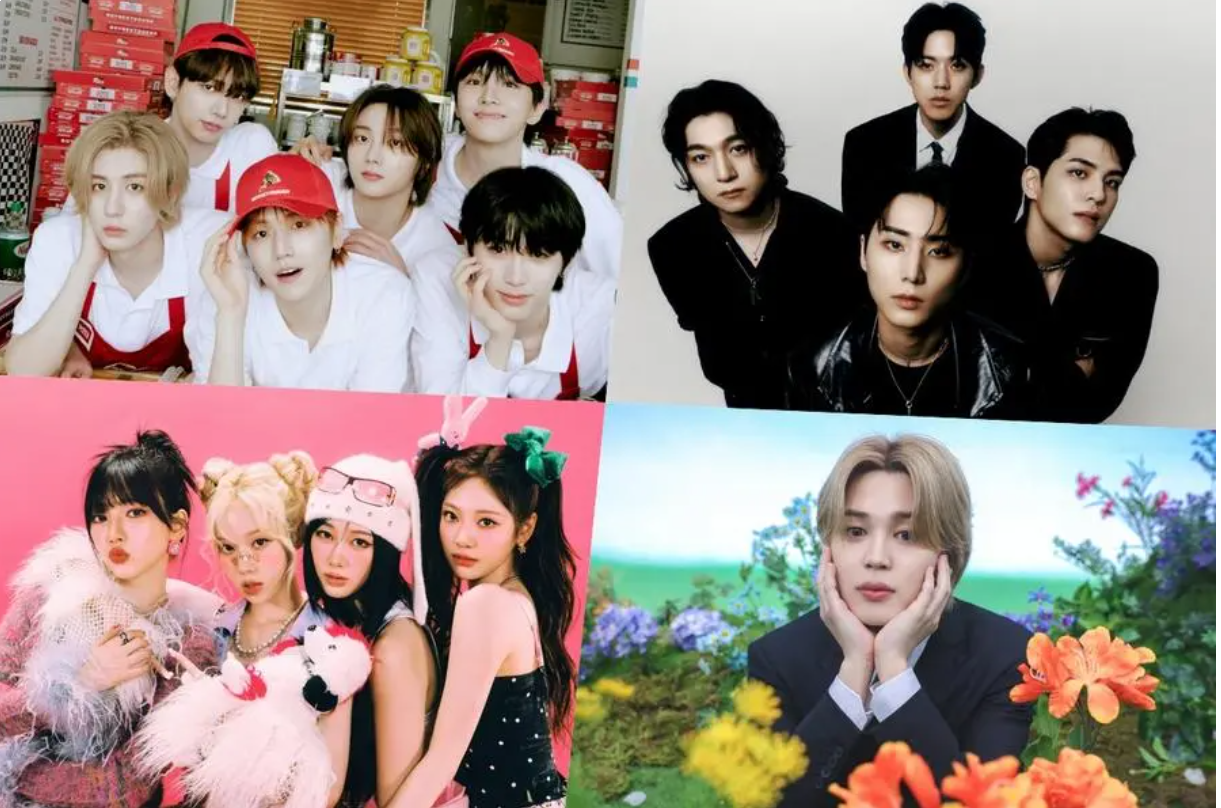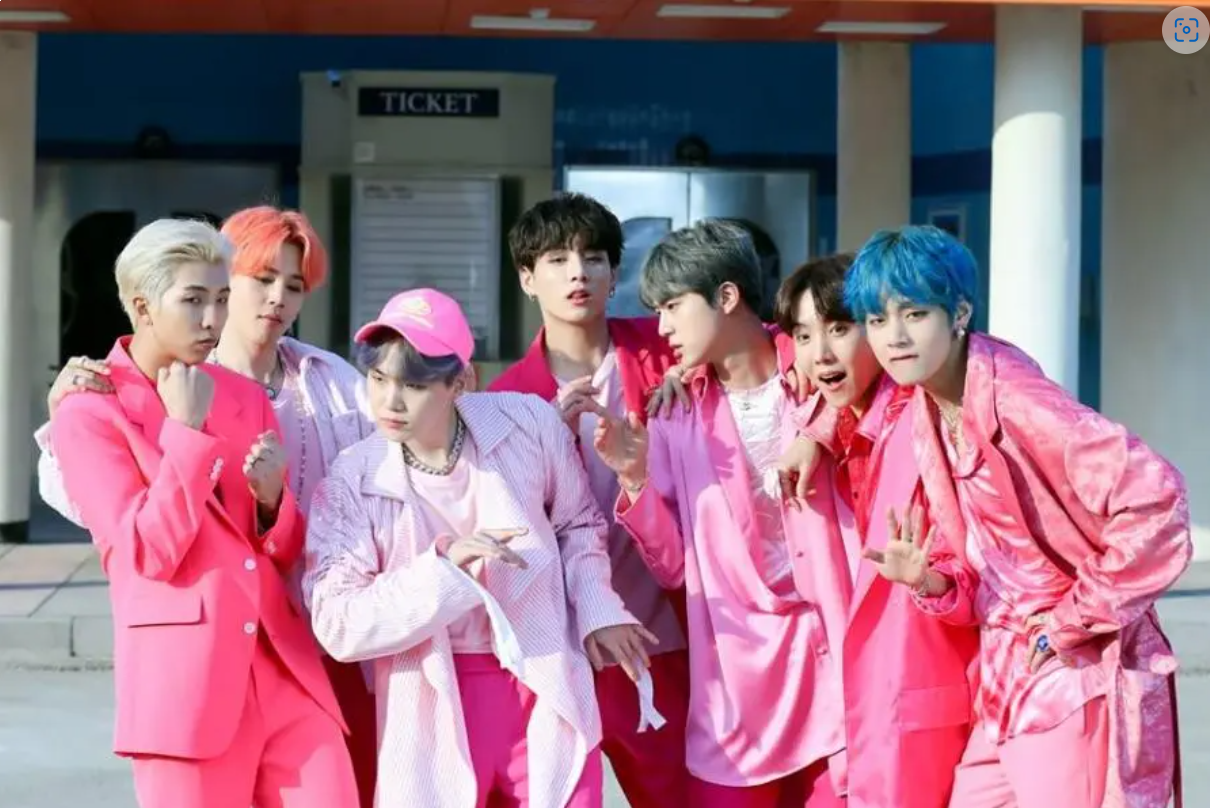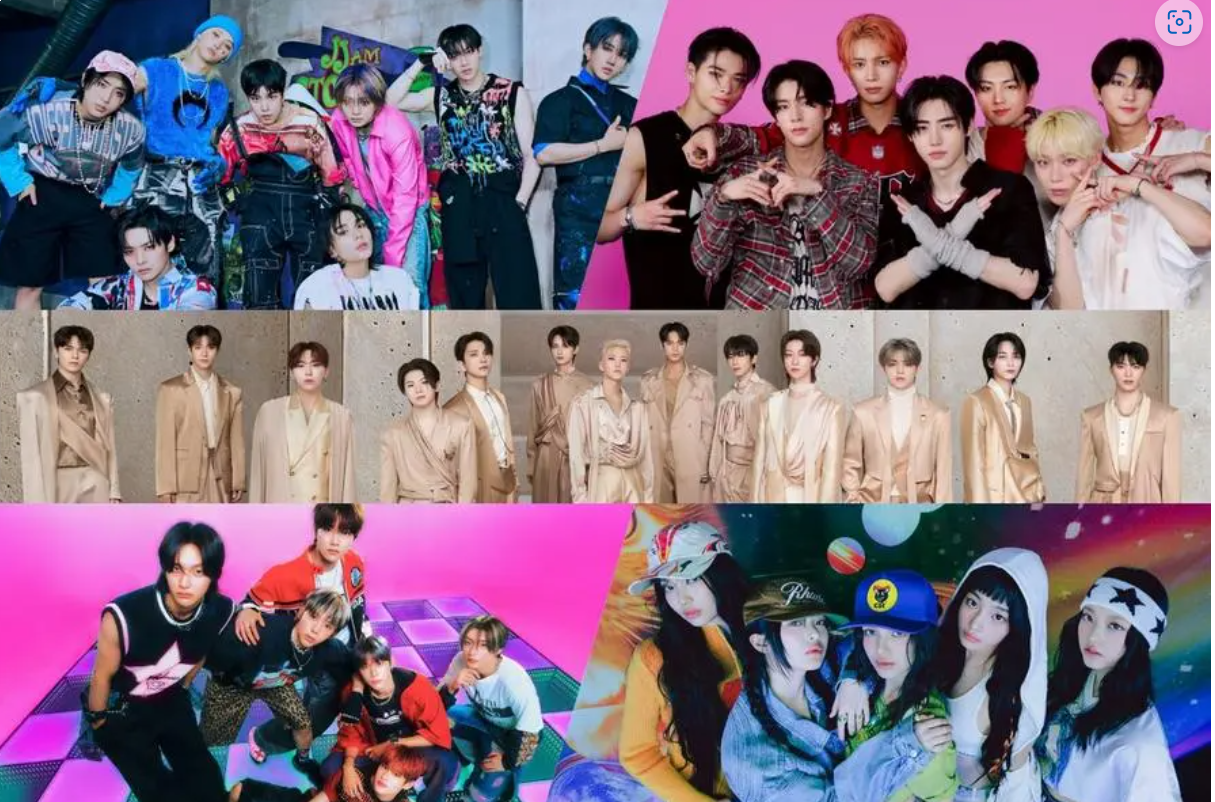What a history!
- BTS's Jin Announces Solo Comeback Date With Teasers For "Happy"
- BIGHIT MUSIC Releases Announcement Regarding BTS's j-hope's Military Discharge
- BTS's Jimin's "Who" Becomes His 1st Solo Song To Spend 11 Weeks On UK's Official Singles Chart
IDOLOGY — as one of Korea’s longest running K-Pop critic webzines — published an article, discussing the generations of K-Pop in detail. IDOLOGY defined the genre’s past and present decades into four separate generations, then highlighted the characteristics of each era. The webzine clarified, “There will be disagreements on the classification of some groups. The attempts to define K-Pop’s generations, however, is not to create dispute. It is to create a roadmap that will eventually help the genre and culture to progress forward… It is not to draw lines and divide — but rather to see where the lines go and evolve.”
Here’s how it all breaks down:
1. 1st Generation
The very first generation is marked by the birth of K-Pop idol groups, naturally. With SM Entertainment producing Korea’s first “boy group” H.O.T. — with its concept based on American boy bands and Japanese idols, the genre and culture had been founded.

Following H.O.T., other newly established agencies like DSP Media began producing idol groups in rivalry. These initial groups — Sechs Kies, S.E.S., Fin.K.L — all make up the first generation.
2. Generation 1.5
Before the dawn of K-Pop’s second generation, the genre saw a brief period of Generation 1.5 — consisting of “experimental” groups. Groups like Shinhwa, Click-B, god, Chakra, Jewelry, and BoA all fall into this generation.

Generation 1.5 is a time when K-Pop as a genre and culture began to gain some popularity in China, Japan, and other East Asian countries. The term “hallyu“, or the Korean Wave, got coined around this time — as select international press began to actively report on “K-Pop” and Korean idols.
3. 2nd Generation
The second generation of K-Pop came amidst an economic crisis in Korea. Yet, K-Pop itself became extremely commercialized — and throned itself one of the most profitable industries in the country. A lot of what makes up the idol “business model” as we know it now developed in the second generation. Groups like TVXQ, SS501, BIGBANG, Super Junior, Girls’ Generation, KARA, and Wonder Girls bloomed to fame during this time.

K-Pop’s second generation is when things began to really expand outside Korea too. The idea of idol groups going on “world tours” also surfaced during this era. Unlike the previous generation’s idols, the second generation boy and girl groups dropped the “mysterious untouchable celebrity” act and pushed for the “friendly neighborhood star” concept. K-Pop idols began appearing on television shows, shooting their own reality programs, and even snatching roles on K-Dramas.
4. Generation 2.5
Fueled by the success of the early second generation idol groups, Generation 2.5 groups like SHINee, 2PM, INFINITE, f(x), 2NE1, Miss A, SISTAR, and more came flooding. More multifaceted idols began debuting — as fans began to expect more than singing and dancing abilities from these groups.

Then, in early 2010, YouTube started growing into the irreplaceable platform that it is now. Many Generation 2.5 idols took on the opportunity to reach international fans using YouTube. That is to say, in return, those who otherwise would not have known about K-Pop began to get exposure to K-Pop. By 2012, PSY‘s “Gangnam Style” changed the paradigm forever.
5. 3rd Generation
So came the third generation that truly blasted the K-Pop genre and culture around the world. The most distinguishable trait of third generation boy and girl groups would be marked by their “target audiences” being on an international scale. Social media platforms, like Twitter and Instagram, along with streaming platforms, like YouTube and Naver, fueled the globalization of K-Pop.

Plus, third generation idols invested more into developing and storytelling the group concepts and/or “universes” — to attract fans who want and need more than just the music. K-Pop as a genre saw an unprecedented growth in the quality of not only the songs themselves, but also the choreographies, music videos, promotional contents, merchandises, and more. Groups like EXO, NU’EST, VIXX, BTS, GOT7, Red Velvet, TWICE, BLACKPINK, GFRIEND, and more pioneered this generation.
6. Generation 3.5
By 2016, K-Pop reaches Generation 3.5, mainly with the PRODUCE 101 series becoming a huge hit across Korea and overseas. Though the series has since been proven to be a scam, it made an irreversible difference in the K-Pop world — by giving the culture’s consumers (the fandoms) more voice and power. Most significantly with this generation, K-Pop’s focus drastically shifted to hearing and fulfilling the needs of the fans.

Groups like SEVENTEEN, MONSTA X, NCT, Wanna One, I.O.I, and Cosmic Girls consist of Generation 3.5 that promoted through the rapidly changing times in K-Pop.
7. 4th Generation
Finally, K-Pop is currently moving through the fourth generation. From the past three generations, the genre and culture reached new heights. Now, in this new era of K-Pop, all boundaries have been removed. K-Pop, as a genre and a culture, is no longer based “in” Korea.

Shortly into the generation, groups like TXT, ITZY, Stray Kids, ATEEZ, and LOONA are already leading this barrier-less K-Pop.
Source: Koreaboo






